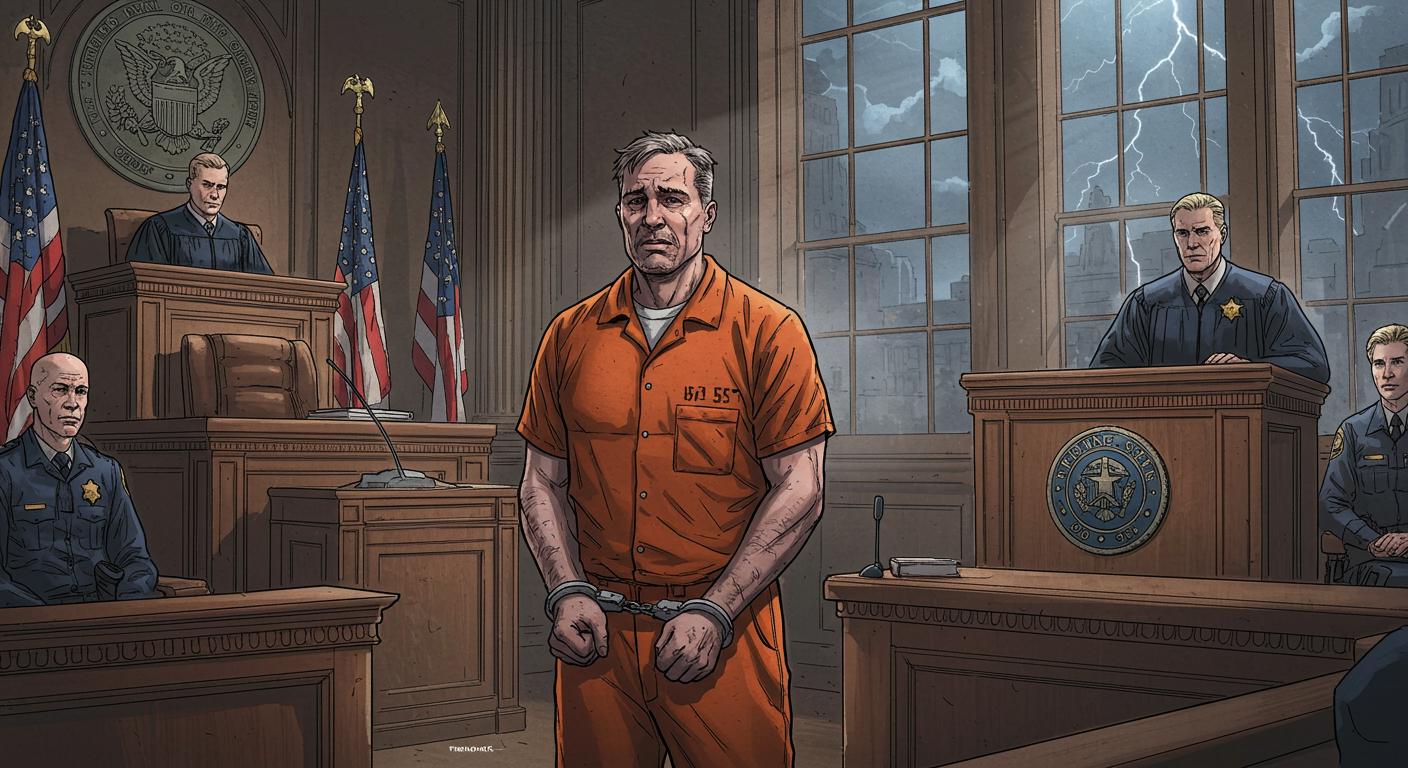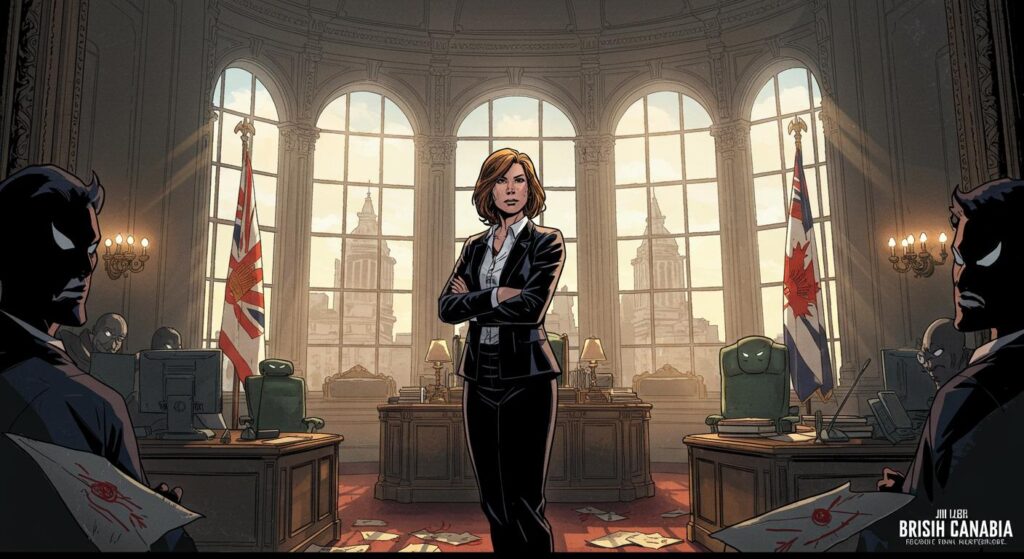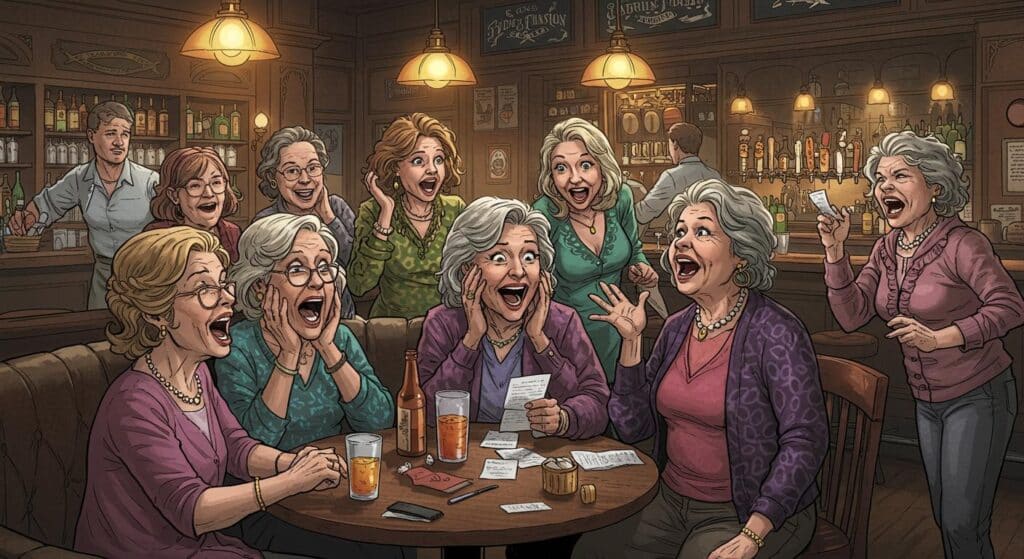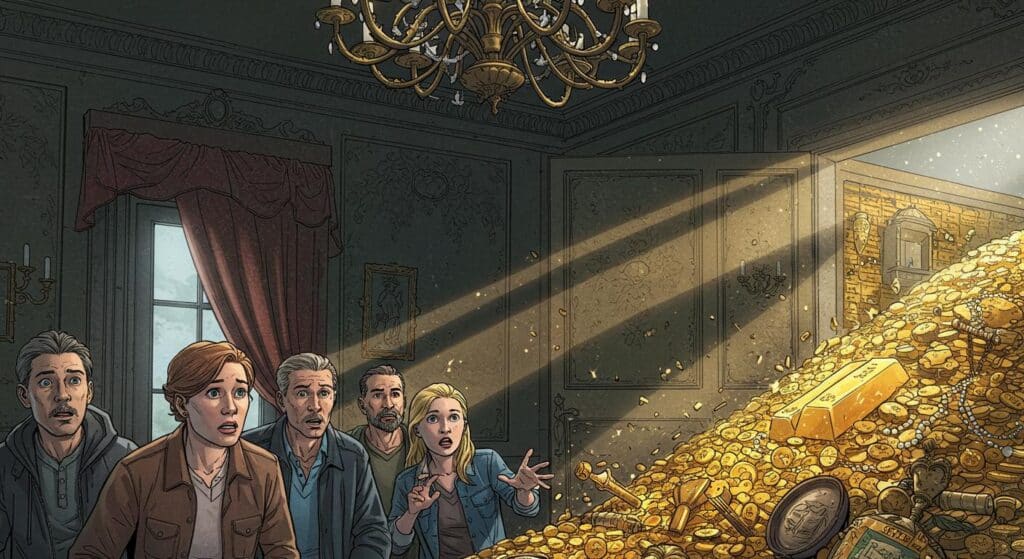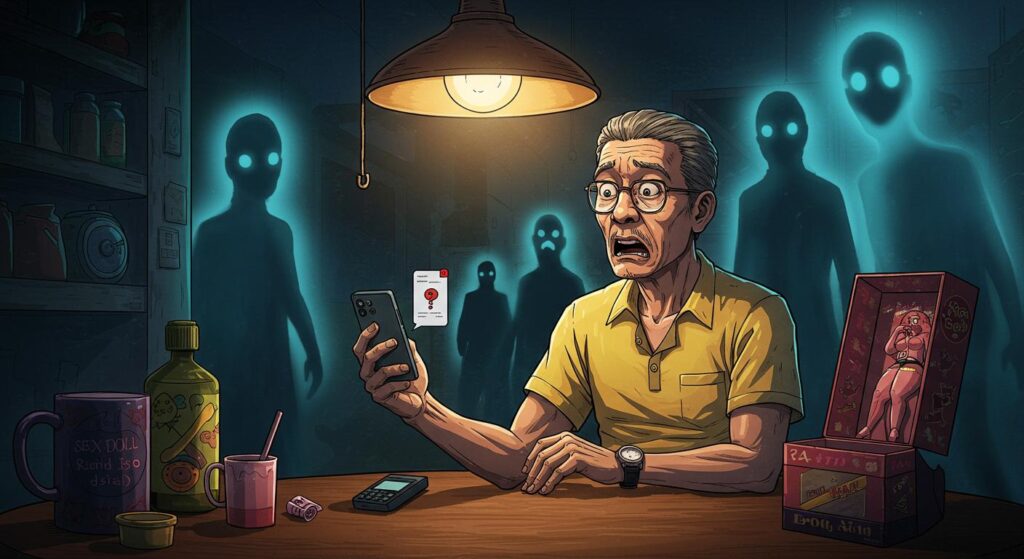Sometimes American history delivers the sort of irony that almost begs for a glass display case and a knowing shrug. The tale of Edward Kelley—Tennessee resident, former Capitol rioter, and one-time beneficiary of headline-making clemency—certainly fits the bill. As revealed by CBS News, Kelley’s recent journey from a presidential pardon to a life sentence in a separate, unsettling case reads less like redemption and more like an oddly-timed footnote on the risks of sweeping forgiveness.
An Expedited Redemption Arc
Court records cited in the report show Kelley was among the earliest and most visible entrants during the January 6, 2021, Capitol breach. Security footage placed him as the fourth person inside, immediately in the thick of the mob, participating in the chaotic confrontation with Officer Eugene Goodman that’s become its own bizarre piece of archival lore. Fast-forward to January 2025 and—alongside more than 1,500 fellow defendants—Kelley’s record was wiped clean thanks to a blanket pardon issued on the final day of President Trump’s term.
One could be forgiven for thinking his story would simply fade into the background like so many other short-lived entries in the annals of Capitol incident fallout.
Plot Twist: Pardon, but With a Catch
The rabbit hole, however, ran significantly deeper. Prosecutors laid out in legal filings (as detailed in CBS News) that while under investigation for his role in the Capitol breach, Kelley began orchestrating another, far more chilling chapter. He assembled a targeted “kill list” naming 36 federal, state, and local law enforcement officials—complete with titles and cell phone numbers. Footage reviewed by investigators reportedly showed Kelley circulating videos featuring some of these identified FBI employees to a co-conspirator, all as part of a twisted “mission.” The goal? Prosecutors said Kelley hoped to spark a “civil war,” viewing federal agents as legitimate targets simply for their anticipated role in enforcing the law.
Described in the court’s sentencing memos, Kelley showed “neither a capacity nor desire to rehabilitate,” remaining firmly convinced he was acting out a self-appointed patriotic duty. The outlet also notes that his fury toward law enforcement was fueled not only by ideology, but also by personal animus stemming from his 2022 arrest and home search. Suffice to say, if the presidential pardon was intended to close one chapter, Kelley started writing a new and darker one almost immediately.
Pardon Patterns, History’s Echo
There’s something darkly archival about pardons that come with sequels. Earlier in the report, it’s mentioned that Kelley isn’t even the only member of the pardoned cohort to cause post-clemency headaches—one Florida defendant was arrested again on weapons charges, while a Texas man found himself under suspicion of attempted child solicitation not long after regaining his freedom. The legal terminology for this might be “recidivism”; the colloquial might be “didn’t see that coming.”
If sweeping acts of forgiveness are meant as acts of mercy or reconciliation, as history textbooks would have us believe, Kelley’s case makes one wonder about the practical shelf life of such gestures. The Justice Department’s press release on his recent conviction makes no reference to January 6, quietly reinforcing the lesson that a pardon is neither an eraser nor a crystal ball.
How many times have sweeping historical gestures ended with a judicial grimace? Can a pardon provide rehabilitation, or merely press pause on more visible accountability? Archivists and history buffs alike might note that the only thing older than presidential pardons is the tradition of recipients making news again—sometimes, in ways that seem to have been foregone conclusions.
American legal history is already full of chapters where the second act overshadows the first. Sometimes, all you can do is file the paperwork, add an asterisk, and watch as history rewrites the ending for you.

